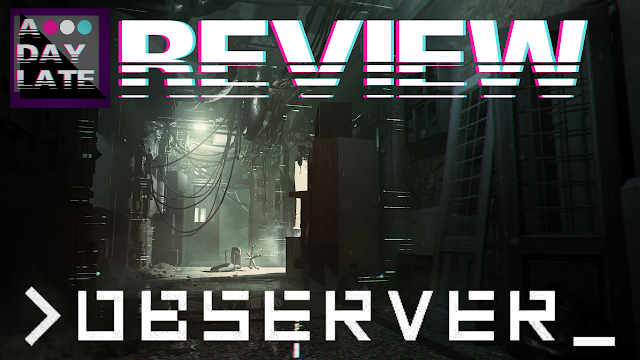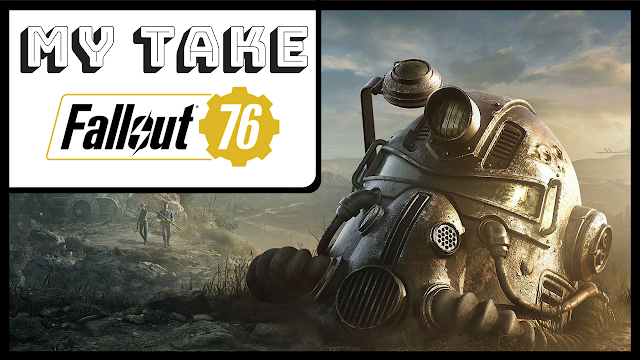Subsurface Circular Review (Nintendo Switch)
Written by
Matthew Wilder
If you told me a six-dollar game could fundamentally change the way I look at gaming, I’d think you had completely lost your mind. Enter Subsurface Circular, a game in which there is no audible dialogue, not a single human character and you stay in the same seat the entire game. Yet Subsurface Circular manages to overcome all obstacles to deliver a short, but compelling experience that will stick with you long after you’ve docked your Nintendo Switch.
Subsurface Circular is a text-based adventure game created, developed and published by Mike Bithell Games. The game centers around the deteriorating relationship between humans and their created android-like servants, called the Teks. Your character, also a Tek him or herself, is a detective who is contracted by human “management” to investigate crimes and suspicious occurences within the Tek community. During a routine train ride, however, things take a turn, when a fabricator unit requests you investigate the disappearance of a fellow Tek. Once you’ve accepted the rogue case, a seemingly mundane concept proves anything but.
Since your Tek unit cannot leave the train he or she is riding, you simply ride around the circular underground subway track as other Teks board and depart your train car. With each stop new Teks will take a seat around you and the previous Teks will exit. Once seated, your job is to question the surrounding passengers regarding the disappearance of the aforementioned Tek. These conversations are loaded with fruitful commentary from what it’s like to walk a day in an android’s shoes, to opinions on whether or not Teks should exist in the first place. These aren’t shells of metal filled with circuit boards and chips, these are passionate and determined individuals held back by the programming that the humans force on their existence. There was a particular Tek who had just finished her service nannying for a family on the surface and was exceedingly anxious about what her next job would be once she was reprogrammed. Through careful conversation with the surrounding Teks, I was able to ease her heart and steer her towards her next occupation. It felt heartwarming to assist a Tek in distress and see her gleefully exit the train car optimistic about her future.
Keeping your main objective in mind, however, you uncover information that helps you progress in your investigation as well as uncovering new avenues of said investigation called “Focus Points”. Focus Points can serve a variety of purposes. From convincing fellow Teks to provide you with more information, to reciting a specific code to bypass a Teks programming, Focus Points become a vital part to progressing your investigation. Other than a few characters who seemed to be written as purposefully difficult, progressing your investigation never feels like a steep grind. You can always ask for a hint if needed, but most conversations play out in a logical and predictable manner, with the exception of a few later conversations when the story begins to unfold exponentially. The only downside to the game’s plot is the fact that it’s a rather linear experience. While you may feel like your decisions and dialogue choices matter, the end result will be the same, save for one big decision near the end of the plot. While this doesn’t necessarily take away from the impact of Subsurface Circular’s superb narrative, it does leave a hint of disappointment after you have completed your journey.
For a game centered around dialogue-less, text based interactions, Subsurface Circular is a simplistic beauty. From the design of the straightforward interface to the eye-catching construction of the Teks, the game is Blade Runner meets iRobot. Muted, but vibrant colors grace both the interior of the train as well as the exterior of your fellow Teks. You’re given a sense of motion by passing lights and environments outside your train car and the subtle camera movements keep the quiet moments tense. While the Teks can be a little stiff at times, their animation is par for the course considering you are communicating through a wireless and private android connection. Audibly, the soundtrack is reminiscent of any sci-fi neo noir film and sets the mood perfectly during your investigation. The sounds of the train riding the tracks and the operator announcing each approaching stop both aid in keeping the immersion level high.
In regards to utility, Subsurface Circular’s menus and controls operate smoothly. Unlike other PC ports which struggle with translation issues in relation to controls, Subsurface Circular was never frustrating to navigate and all components seemed natural within the Switch’s framework. This is also true graphically. While the game is far from graphically demanding, performance was never an issue as all text prompts, character animations and cinematics performed without a hitch. The Switch version’s only difference is the addition of motion controls to look around your environment, albeit, in a very limited scope.
Although it may seem obvious for a game of this nature, replayability is limited. Upon completing Subsurface Circular’s 3-5 hour campaign you unlock both the art gallery and the ability to play a new game with developer commentary. And, as mentioned earlier, branching dialogue will still lead you to the same conclusion with the exception of one lone choice late-game.
If it’s not clear yet, Subsurface Circular is nothing short of a triumph. For just $5.99, you can own what is easily one of the best games released for the Nintendo Switch so far. With a compelling story, complex characters and thought provoking subject matter, it’s a game that will leave a lasting impression and shape the way narrative experiences are constructed for years to come.



Comments
Post a Comment